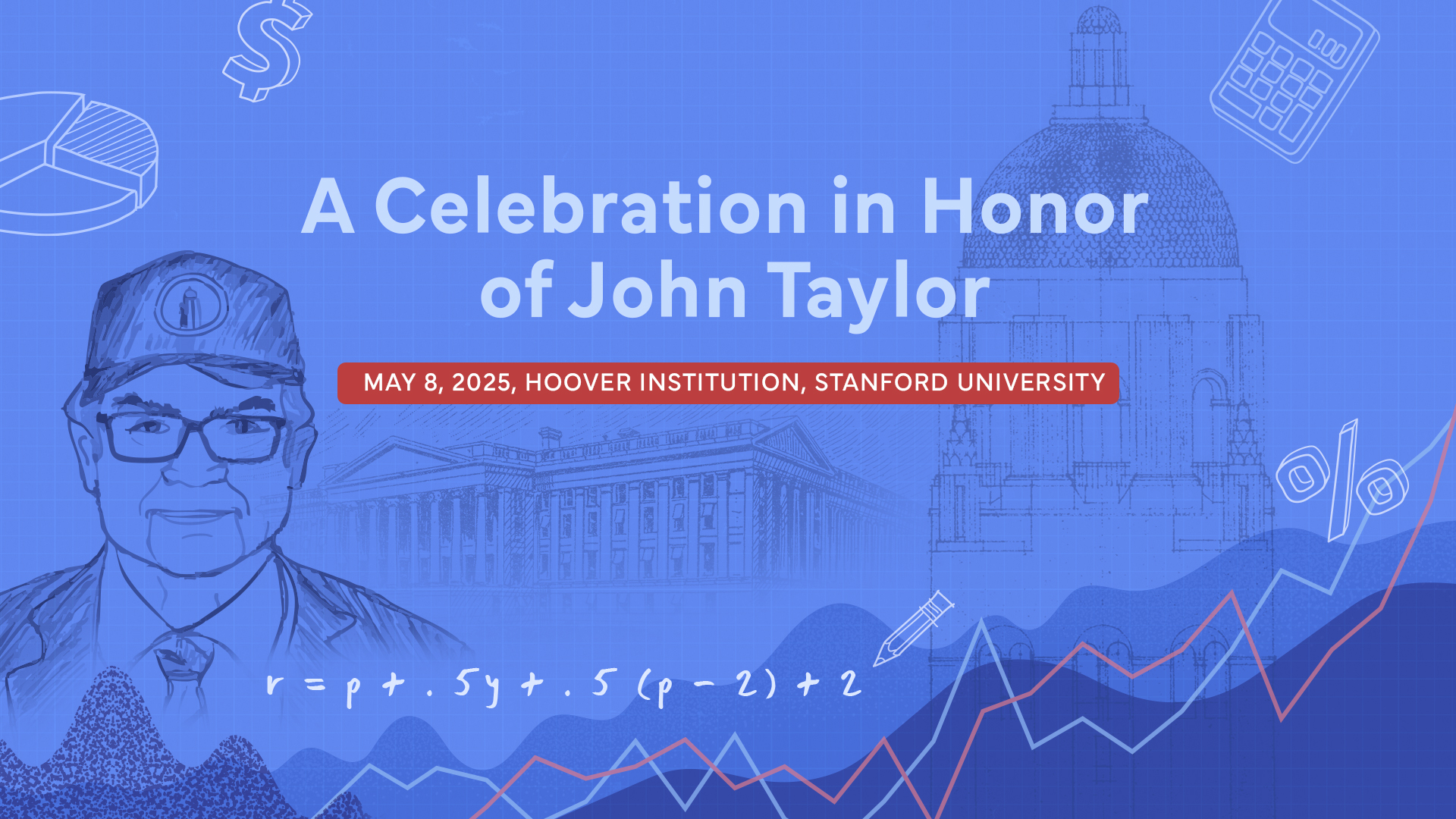America’s Gender Pay Gap Going In Wrong Direction – Newsweek

Report on the Widening Gender Pay Gap in the United States and its Implications for Sustainable Development Goals
1.0 Executive Summary
Recent data from the U.S. Census Bureau indicates a regression in gender pay equity, posing a significant challenge to the achievement of several Sustainable Development Goals (SDGs), particularly SDG 5 (Gender Equality), SDG 8 (Decent Work and Economic Growth), and SDG 10 (Reduced Inequalities). Between 2023 and 2024, the female-to-male earnings ratio declined, highlighting systemic barriers that prevent equal economic participation and opportunity for women.
2.0 Key Findings from Census Bureau Data
The latest statistics reveal a negative trend in wage parity, directly impacting progress toward SDG 8, Target 8.5, which calls for equal pay for work of equal value.
- Male Earnings Growth: Median earnings for men working full-time, year-round increased by 3.7 percent between 2023 and 2024.
- Female Earnings Stagnation: Women’s median earnings showed no statistically significant change during the same period.
- Widening Pay Gap: Consequently, the female-to-male earnings ratio fell from 82.7 percent in 2023 to 80.9 percent in 2024.
3.0 Systemic Barriers Hindering SDG 5: Gender Equality
The persistence of the gender pay gap is attributed to deep-rooted structural and social factors that contravene the principles of SDG 5. These barriers include:
- Occupational Segregation: Women remain overrepresented in lower-paying sectors such as education and administrative support, while men dominate higher-paying industries like technology and finance.
- Unpaid Care and Domestic Work: In line with SDG Target 5.4, the failure to recognize and value unpaid care work is a primary driver of the gap. Women disproportionately shoulder caregiving responsibilities for children and elders, leading to reduced work hours, career interruptions, and limited advancement opportunities.
- The “Motherhood Penalty”: Women often experience a significant earnings decline after having children, a phenomenon exacerbated by a lack of supportive workplace policies like paid family leave and affordable childcare. Data shows women’s earnings fall sharply relative to men’s around the ages of 35 to 44, coinciding with peak child-rearing years.
- Barriers to Advancement: Even within male-dominated fields, women face significant challenges in securing promotions, often due to biases and the need for schedule flexibility to manage domestic responsibilities.
4.0 Economic Consequences and Impact on SDG 10: Reduced Inequalities
The widening pay gap exacerbates economic inequality, undermining progress toward SDG 10. The cumulative financial impact on women is substantial.
- Annual Income Loss: The recent drop translates to an estimated loss of $1,300 per woman annually, contributing to a total of nearly $72 billion in lost wages across the U.S. economy.
- Lifetime Earnings Deficit: Over a 40-year career, the average woman stands to lose more than $50,000 due to the persistent wage disparity. This aggregation of wage gaps over time severely impacts lifetime earning potential and retirement security.
5.0 Future Outlook and Concerns
Experts express concern that the recent decline in the earnings ratio may signal a prolonged stall or even a reversal of decades of progress. This trend is a direct threat to the fulfillment of the 2030 Agenda for Sustainable Development.
- Policy Impact: There is concern that policies promoting return-to-office mandates and reduced workplace flexibility could further widen the gap, as such measures tend to disproportionately affect women with caregiving duties.
- Conclusion: The consecutive annual drops in the female-to-male earnings ratio are a clear indicator that progress toward gender equality and decent work is not only stalling but reversing. Addressing these systemic issues is imperative for achieving the targets set forth in the Sustainable Development Goals.
Sustainable Development Goals (SDGs) Addressed in the Article
1. Which SDGs are addressed or connected to the issues highlighted in the article?
-
SDG 5: Gender Equality
- The entire article is centered on gender-based economic disparity, specifically the gender pay gap. It discusses systemic discrimination, the overrepresentation of women in low-wage work, and the unequal burden of caregiving responsibilities, all of which are core issues addressed by SDG 5, which aims to achieve gender equality and empower all women and girls.
-
SDG 8: Decent Work and Economic Growth
- The article directly addresses the principles of decent work by focusing on earnings and wage inequality. The discussion of the female-to-male earnings ratio, men’s rising earnings versus stagnant earnings for women, and the call for women to be “paid what she is due” connect directly to SDG 8’s goal of promoting full and productive employment and decent work for all, including equal pay for work of equal value.
-
SDG 10: Reduced Inequalities
- The gender pay gap is a significant form of economic inequality. The article highlights how this gap is widening, thereby increasing inequality between genders. By analyzing the structural factors that lead to lower lifetime earnings for women, the article aligns with SDG 10, which aims to reduce inequality within and among countries by empowering the economic inclusion of all, irrespective of sex.
Specific Targets and Indicators
2. What specific targets under those SDGs can be identified based on the article’s content?
-
Target 8.5: By 2030, achieve full and productive employment and decent work for all women and men… and equal pay for work of equal value.
- This is the most explicit target. The article’s core subject is the failure to achieve equal pay, demonstrated by the “female-to-male earnings ratio” dropping to 80.9 percent. The text discusses how women are not receiving equal pay, which directly relates to this target.
-
Target 5.4: Recognize and value unpaid care and domestic work through the provision of public services, infrastructure and social protection policies…
- The article identifies the lack of recognition for unpaid care as a primary driver of the pay gap. It states that “caregiving responsibilities often lead women to reduce hours or pause careers” and points to the “lack of workplace policies to support workers’ caregiving needs,” the “motherhood penalty,” and the disproportionate pressure women feel to handle domestic roles as key issues.
-
Target 5.1: End all forms of discrimination against all women and girls everywhere.
- The article attributes the wage gap to “systemic, discriminatory barriers” and “bias in pay negotiations.” This points directly to the ongoing economic discrimination that Target 5.1 aims to eliminate.
-
Target 10.2: By 2030, empower and promote the social, economic and political inclusion of all, irrespective of… sex…
- The article’s discussion of how the pay gap leads to “significantly lower lifetime earnings” for women (over $50,000 less over a career) illustrates a clear barrier to their full economic inclusion and empowerment, which this target seeks to address.
3. Are there any indicators mentioned or implied in the article that can be used to measure progress towards the identified targets?
-
Female-to-Male Earnings Ratio (Directly Mentioned)
- This is a direct indicator for Target 8.5. The article provides precise data points: the ratio fell from 82.7 percent in 2023 to 80.9 percent in 2024 for full-time, year-round workers. This metric is a version of the official SDG Indicator 8.5.1 (Average hourly earnings of female and male employees).
-
Disproportionate Burden of Unpaid Care Work (Implied)
- As an indicator for Target 5.4, the article implies this can be measured by citing Pew Research Center findings: “48 percent [of employed women] say they feel significant pressure to focus on home responsibilities, compared with 35 percent of men.” This quantifies the unequal distribution of domestic pressure, which contributes to the pay gap.
-
Lifetime Earnings Disparity (Directly Mentioned)
- This serves as an indicator for Target 10.2. The article quantifies the long-term economic impact of the annual pay gap, stating that “Over a 40-year career, that’s more than $50,000 gone for the average woman.” This figure measures the cumulative effect of economic inequality.
-
Occupational Segregation by Gender (Implied)
- As an indicator for Target 5.1, the article implies this can be measured by analyzing employment data. It states women are “overrepresentat[ed]… in low-wage work” and “concentrated in lower-paying fields, such as education and administrative work, while men dominate higher-paying industries, including tech and finance.” This segregation is an indicator of systemic barriers.
Summary Table of SDGs, Targets, and Indicators
4. Create a table with three columns titled ‘SDGs, Targets and Indicators” to present the findings from analyzing the article. In this table, list the Sustainable Development Goals (SDGs), their corresponding targets, and the specific indicators identified in the article.
| SDGs | Targets | Indicators |
|---|---|---|
| SDG 8: Decent Work and Economic Growth | Target 8.5: Equal pay for work of equal value. | Mentioned: The female-to-male earnings ratio, which fell to 80.9% in 2024 from 82.7% in 2023. |
| SDG 5: Gender Equality | Target 5.4: Recognize and value unpaid care and domestic work. | Implied: The disproportionate pressure on women for domestic responsibilities (48% of women vs. 35% of men feel this pressure). |
| SDG 10: Reduced Inequalities | Target 10.2: Promote the economic inclusion of all, irrespective of sex. | Mentioned: The cumulative lifetime earnings gap, which amounts to over $50,000 less for the average woman over a 40-year career. |
| SDG 5: Gender Equality | Target 5.1: End all forms of discrimination against all women. | Implied: The overrepresentation of women in low-wage work and concentration in lower-paying fields (e.g., education, administrative support) compared to men (e.g., tech, finance). |
Source: newsweek.com

What is Your Reaction?
 Like
0
Like
0
 Dislike
0
Dislike
0
 Love
0
Love
0
 Funny
0
Funny
0
 Angry
0
Angry
0
 Sad
0
Sad
0
 Wow
0
Wow
0
















































/environment-climate-change-and-health-(ech)/water-sanitation-hygiene-and-health-(wsh)/landfill-tuvalu-36092.tmb-1200v.jpg?sfvrsn=5c21fe40_1#)

.jpg.webp?itok=0ZsAnae9#)

























